| The Middle East market accounts for only 1.3% of Vietnam's shrimp export turnover. Vietnam is still the fourth largest source of shrimp for the United States. |
Market space is still very large
According to statistics from the International Trade Center (ITC), in the first 10 months of 2023, Korea's shrimp imports of all kinds reached 640.2 million USD, down 21.9% over the same period in 2022. The difficult economic situation and high inflation caused Korea's demand for shrimp imports of all kinds in 2023 to decrease sharply compared to the same period in 2022.
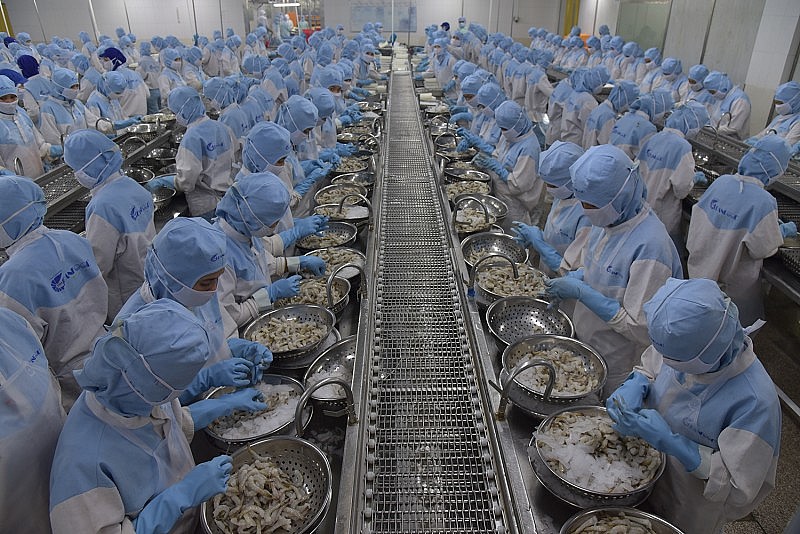 |
| Vietnam is the largest market supplying shrimp of all kinds to Korea. |
Vietnam was the largest shrimp supplier to Korea in the first 10 months of 2023, reaching 295.38 million USD, down 20% over the same period in 2022.
Although shrimp exports to Korea decreased, Vietnam still maintained its position as the largest shrimp supplier to this market with a share of 46.1% in the first 10 months of 2023, up from 45% in the first 10 months of 2022.
Notably, South Korea is boosting imports of all kinds of shrimp from India, with imports from this market in the first 10 months of 2023 increasing by 41.6% over the same period in 2022. The proportion of shrimp imports from India in South Korea's total imports increased from 2.2% in the first 10 months of 2022 to 4.0% in the first 10 months of 2023.
Regarding imported shrimp types, in the first 10 months of 2023, Korea reduced imports of most shrimp types, except for slightly increased imports of dried/salted/smoked/brined shrimp (HS 030695) and sharply increased imports of airtight packaged processed warm-water shrimp (160529). However, the import proportion of these two shrimp types is low.
According to a report by Future Market Insights, Inc, shrimp demand in Korea is expected to grow at an average rate of 8.9% per year during the period 2023 - 2033. Accordingly, shrimp sales in this country are forecast to increase significantly, from an estimated 2.75 billion USD in 2023 to about 6.45 billion USD in 2033.
The demand for shrimp in Korea is increasing as shrimp dishes become more diverse and consumers become more interested in healthy, protein-rich diets.
The increasing adoption of Western diets has led to the incorporation of various dishes into the daily diet of Koreans. Among them, shrimp and shrimp recipes are highly valued for their diverse flavors. Shrimp is considered a healthy source of protein due to its relatively low fat content and high protein content.
Shrimp also contains essential nutrients such as selenium and vitamin B12. South Korea is facing a youth obesity problem. In such a context, shrimp dishes are likely to continue to attract the attention of Korean consumers in the coming years.
Shrimp consumption trends in Korea
Health and fitness-conscious people are the main shrimp consumers in Korea, including the younger generation, who are often more open to trying international cuisines, including shrimp.
South Korea attracts millions of tourists from all over the world . This has brought many international dishes, including shrimp, to the menus of popular restaurants and street food stalls.
Due to its relatively high price, shrimp is often chosen as a celebratory dish or on special occasions. Shrimp can be used in meals during holidays, Tet, and family gatherings.
Shrimp is also considered a very healthy dietary choice for young children. Shrimp is a good source of protein, vitamins and minerals, including vitamin B12, phosphorus and selenium, making it a healthy food for children.
Farmed whiteleg shrimp is popular in Korea, accounting for about 9% of shrimp consumption. Demand for whiteleg shrimp is high due to its lower price than wild-caught shrimp. Farmed whiteleg shrimp can be supplied year-round, which is essential to meet demand in a seafood-loving country.
Whiteleg shrimp is also commonly available in a variety of product forms, including fresh, frozen, and value-added processed products. This variety in availability makes it convenient for consumers to choose based on their preferences and cooking methods.
According to the Vietnam Trade Office in Korea, the Korean market is currently trending towards simple food replacing family meals with instant, easy-to-cook, easy-to-eat products that are growing rapidly in Korea, especially in the past 5 years. Along with that is the rise of products that are good for health and increase resistance such as organic products and foods for the elderly.
In addition, there is a trend of consuming meat substitutes, protecting the environment with packaging that limits the use of plastic materials, ESG (environmental, social, corporate governance) governance models. And regulations on food hygiene and safety, regulations, and quarantine procedures.
In order for export products to be consumed well in Korea, in addition to quality and flavor, the product also needs supporting factors such as stability in production, safety in processing and circulation, and credibility in commitment. With these factors, businesses will have an advantage in negotiating and maintaining long-term partners.
Therefore, localities, associations and businesses need to spend time researching and analyzing the Korean market to clearly identify which consumer segment the product is targeting, the product needs to meet technical standards and especially pesticide residues (PLS system) in the Korean market.
Source link




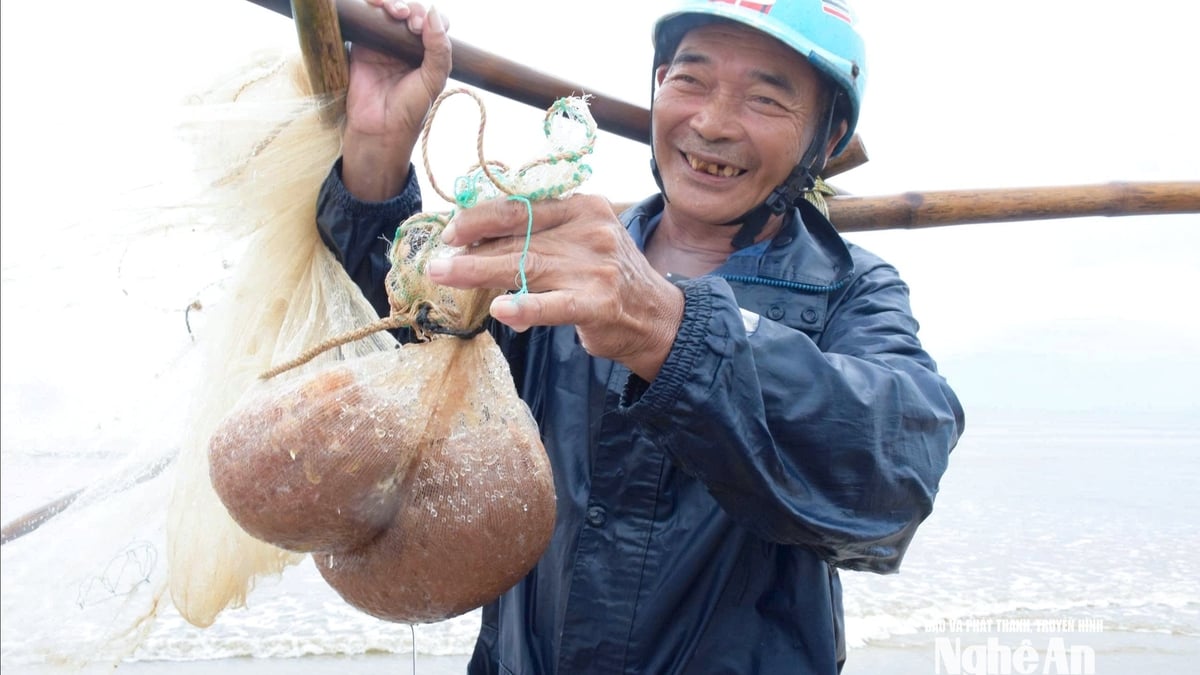




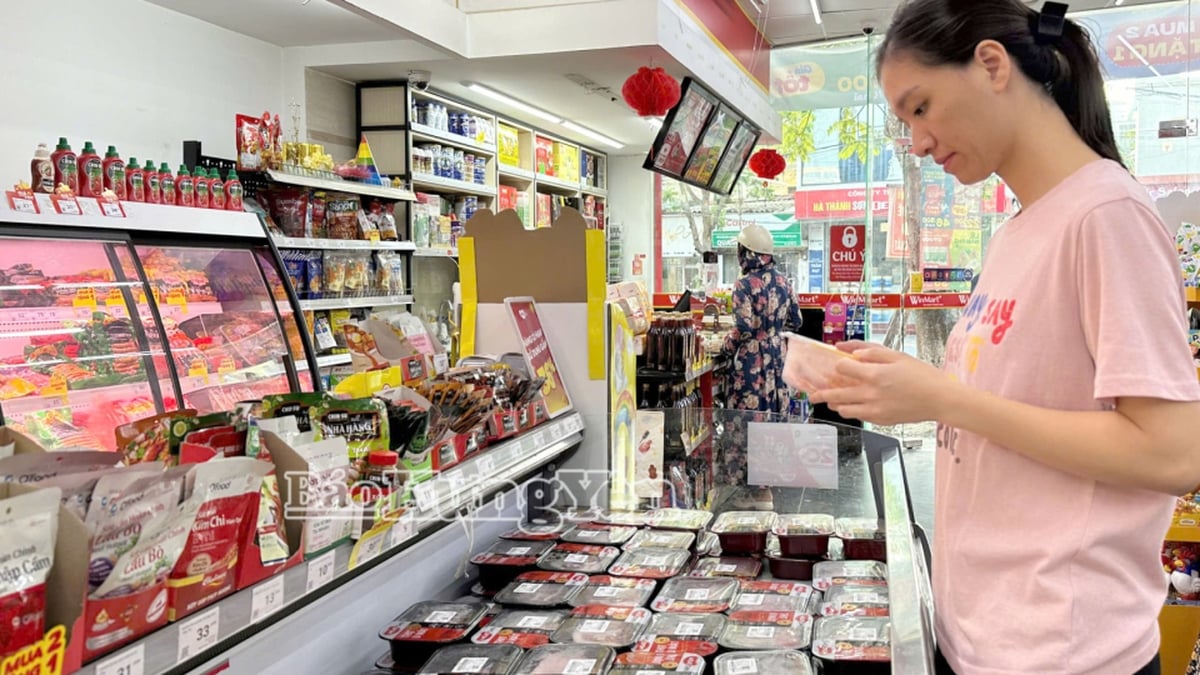

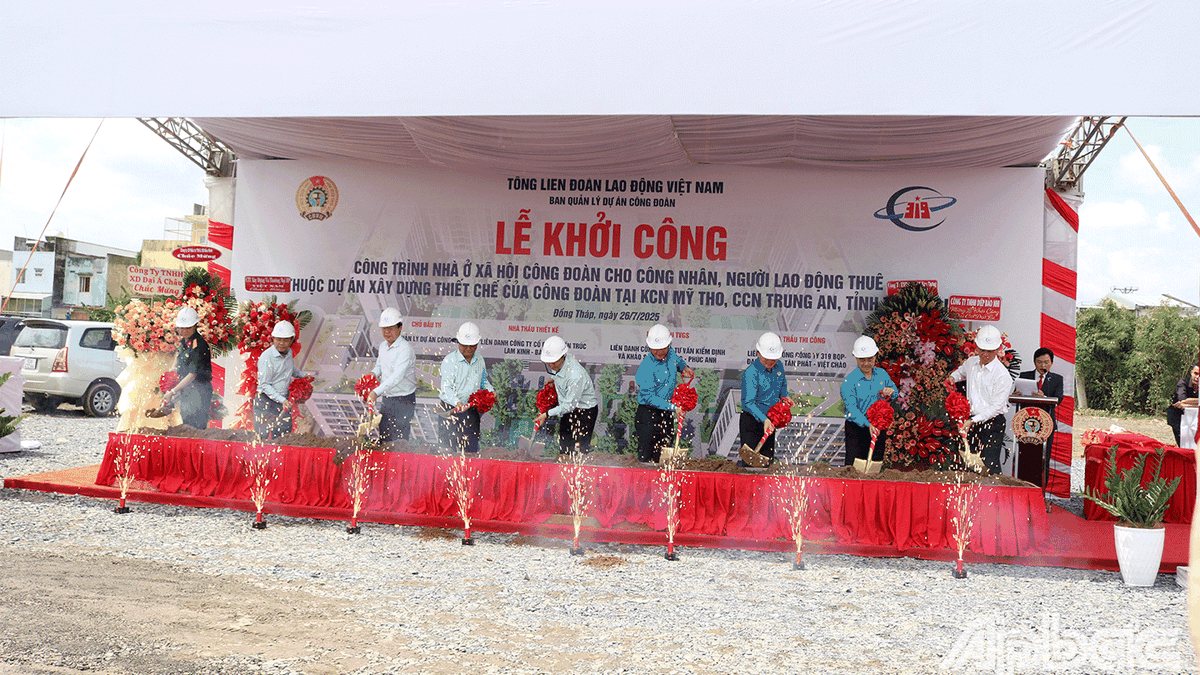













![[Photo] Signing of cooperation between ministries, branches and localities of Vietnam and Senegal](https://vphoto.vietnam.vn/thumb/1200x675/vietnam/resource/IMAGE/2025/7/24/6147c654b0ae4f2793188e982e272651)




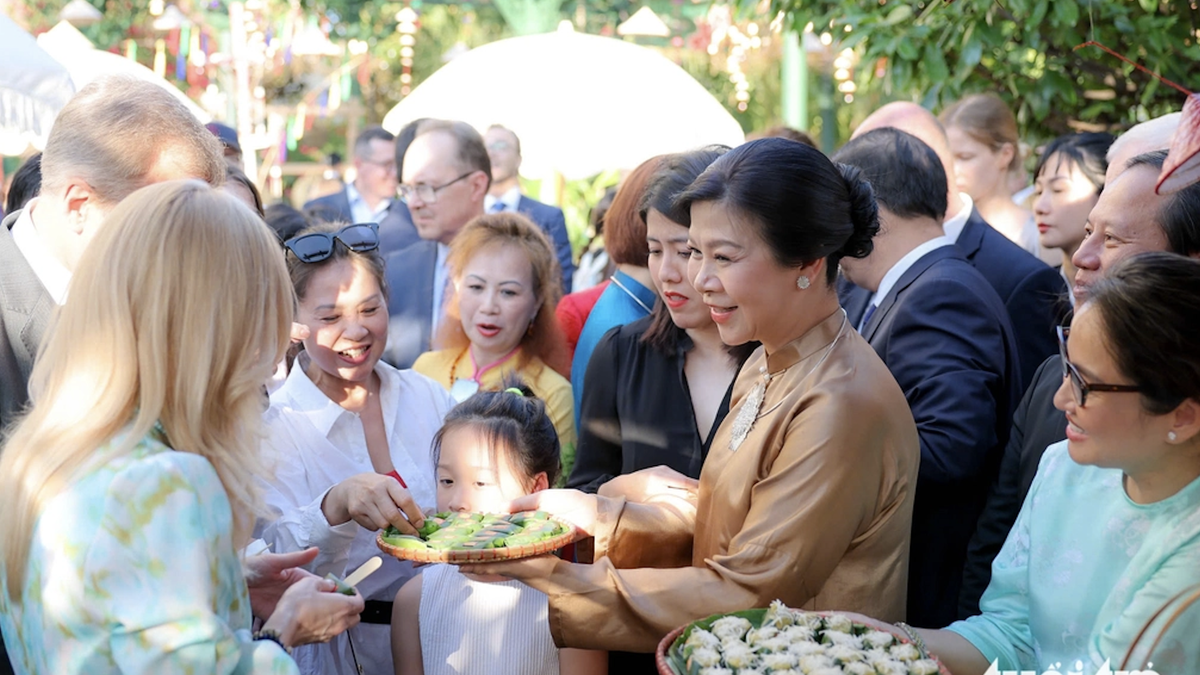



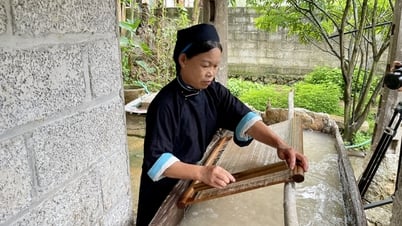

















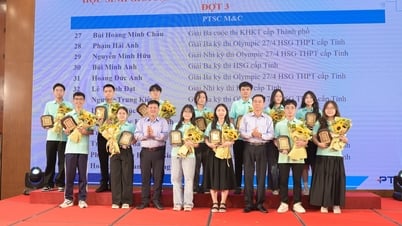











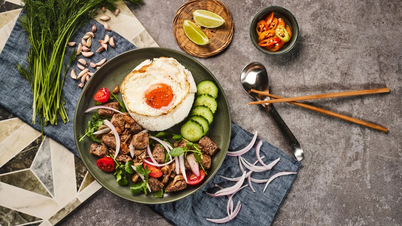








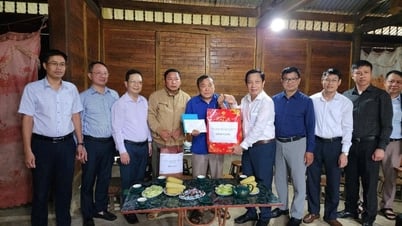

























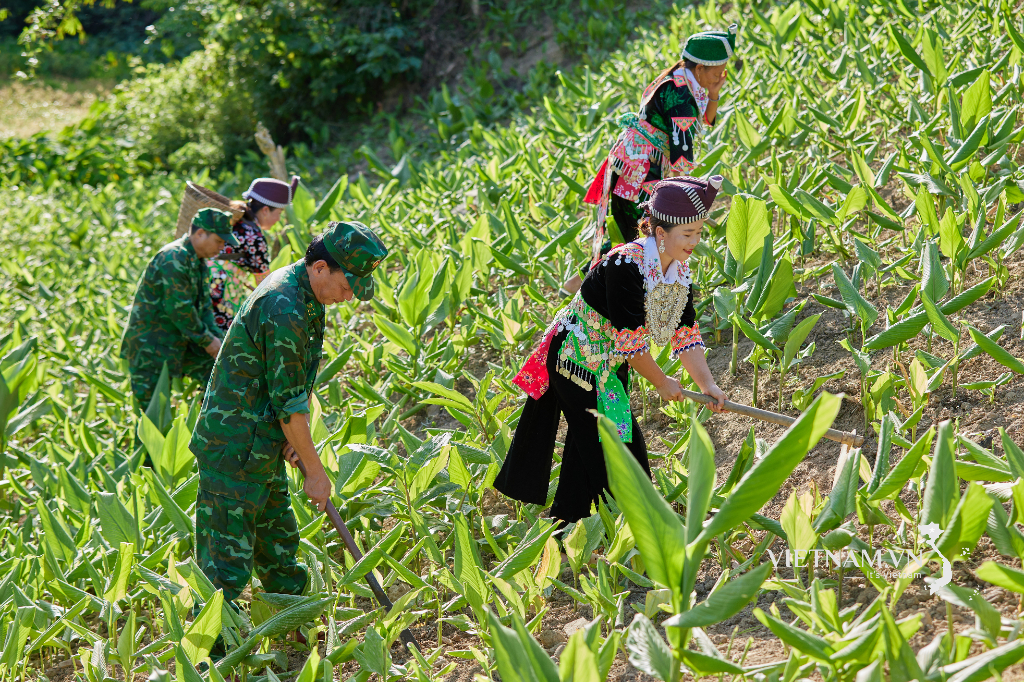
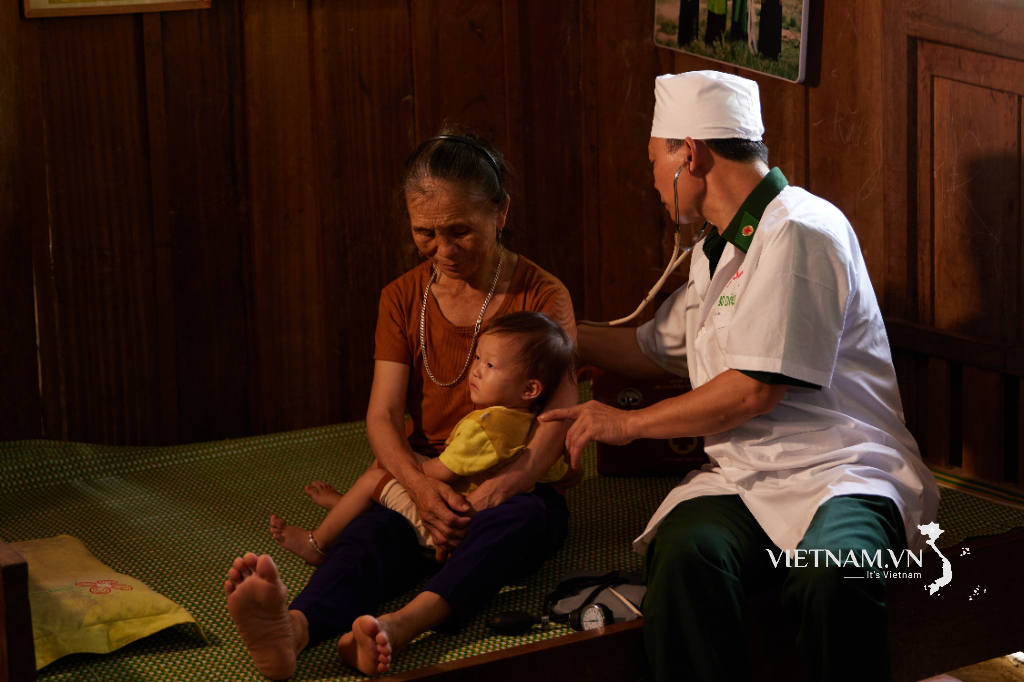
Comment (0)